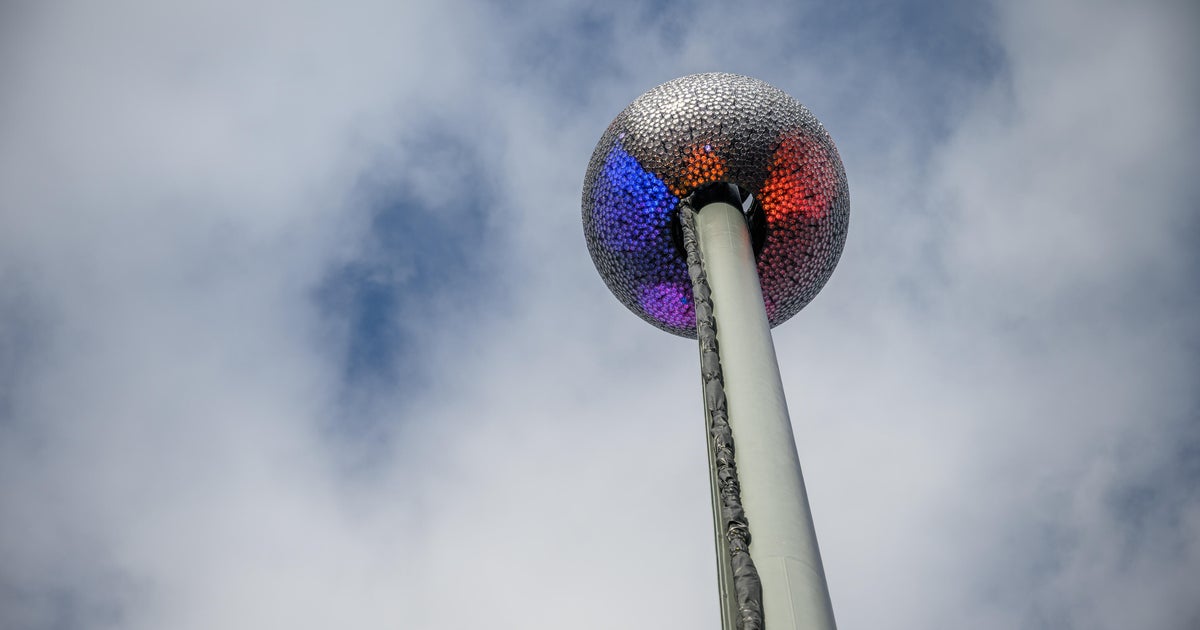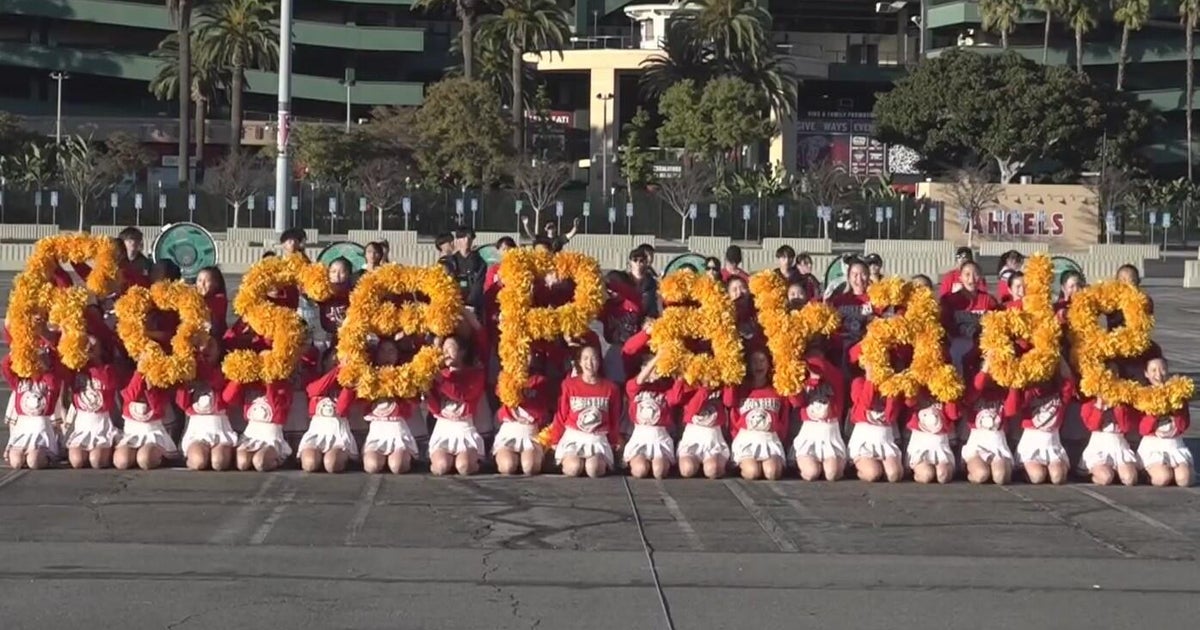Getaway Guide: Lower East Side
The Lower East Side of Manhattan has to be the ethnic epicenter of New York City. The LES and its bordering neighborhoods were the magnet for 19th and 20th century immigrants seeking the American dream. There's Chinatown and Little Italy. Five Points and its Irish beginnings has been replaced by a mix of new arrivals. But what all of this multi-cultural brew has brought was food, my friends. You can nosh your way through a random walking tour, crossing from pickles to pasta. So, where to start? – Jay Lloyd
WHAT TO DO
This museum has brought to life the early 20th century immigrant experience through the faithful restoration of a unique tenement building. Each apartment traces an actual family that once lived over a pushcart clogged street, with an outhouse in the backyard and with kitchens that create in the imagination aromas of old style Italian, German, Jewish and Irish cooking. The tenement basement holds an authentically re-created German saloon, which was owned by the immigrant Schneider family. Unfortunately, they can't serve the replica wurst that covers the free food table or the beer that poured from the taps. But the atmosphere is there and sets the stage for what this writing is all about: the food. The museum offers a walking tour of unique eateries that does include samples throughout the neighborhood. One popular tart, crispy stop is the Pickle Guys.
Prices vary by tour. To see the options, visit: www.tenement.org/tours.php
WHERE TO EAT
As the name implies, you'll find barrel after barrel of pickles, pickled tomatoes, kraut and almost anything else that can be pickled here. Talk to Alan Kaufman; he owns the place and he'll tell you that everything is made just the way it was when his family started pickling cucumbers in 1910. My favorite -- which turns out to be the universal favorite -- is a full sour, garlicky pickle that can be eaten like candy while walking down Essex to Grand Street as we depart from the museum tour and start off on our own, to find the next stop on this savory safari.
On the rim of Chinatown, Big Hing Wong doesn't look like much from the outside, but out of this modest Chinese eatery wafts a treasure trove of aromas and flavors that cross that culinary border between traditional American-Chinese dishes (think chop suey and lo mein) and Chinese treats, from sweet dim sum steamed buns and congee to the famous Peking duck. Prices are an absolute bargain for New York. Eat lunch here; there's no need for dinner. But what fun would it be to skip supper entirely, when Sauce is so close?
Sauce bills its meatballs and red sauce as the best in New York, and they just may be. I haven't had better, and I've eaten meatballs and spaghetti at Italian eateries in four of the five boroughs. This sauce reminds me of meals at my friend Frankie Russo's Manhattan apartment back in the 1940s. As for the meatballs, the retro restaurant with its old mahogany bar and tin-tiled ceiling is connected to a custom-cut butcher shop. Entire sides of beef hang on hooks, so you know your meatball was freshly ground. But Sauce isn't a one trick pony. There's a wider range of Italian fare available at reasonable prices. Interestingly, Sauce is across the street from the Chinatown border, but on the Jewish edge of Lower East Side food stops -- which brings us to Katz's.
I wasn't there when Katz's opened in 1888, but I was in the 1940s and 50s when this landmark Jewish deli made its reputation on a home-crafted, garlic-infused salami. Jewish mothers, concerned that their sons in uniform weren't getting enough to eat, began sending Katz's salamis to bases around the world. The Katz slogan became, "Send a Salami to Your Boy in the Army." I got mine free when I walked in in uniform -- my name and address were taken and the salami showed up when I got back to base!
Today, the salami is the same, but Katz's is now famous for mile-high pastrami, corned beef and tender brisket sandwiches as well as chicken soup. So, what's new? Spanish – that's what.
Socarrat is a paella bar, named for the sought-after crust that's found in the bottom of a paella pan. And like our earlier pickle, this crust is eaten like candy, with the same tantalizingly flavorful result. The centerpiece of the menu at Socarrat is the variety of authentically prepared paellas equal to any we've enjoyed in Spain. Combined with an impressive tapas menu and an old world environment, it's the perfect stop for a late night supper. The paellas are priced by the person -- not the number at the table, but the number the chef believes the size will serve. Our table of four was well fed on a seafood paella for two. But that's after already tapping into tapas. Paella prices range from $22 a person for a vegetarian pan to $28 for the lobster-heavy version.
One tip on the Lower East Side: Many eateries do not take credit cards, check first or carry cash.
WHERE TO STAY
When staying on the Lower East Side, we've chosen the East Houston, a well-kept boutique hotel that caters to international travelers at reasonable rates. Rooms for two in February can be booked for $169 a night. Accommodations are small but adequate, and the hotel is in the heart of our noshing tour, within two to three blocks of Katz's and Socarret.
HOW TO GET THERE
YO Bus is operated by Greyhound out of the Arch Street bus terminal and goes direct to New York's Chinatown for $12 each way. This service replaces the failed Chinatown buses that have now been taken off the roads.
Another option is to take Amtrak or NJT and then the B or D subway to Broad-Lafayette or Grand Street.
Don't drive -- it's not worth the cost and the hassle!







